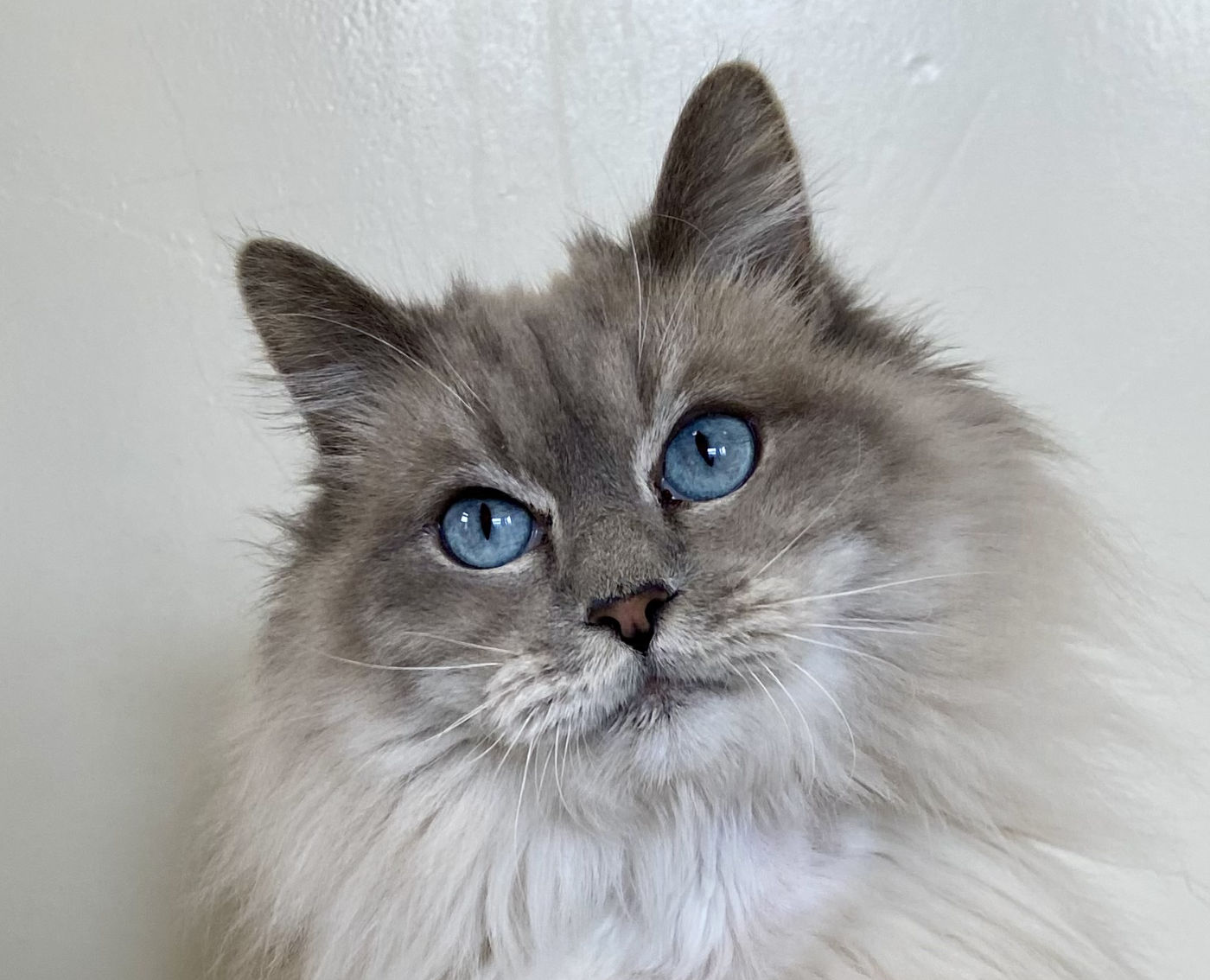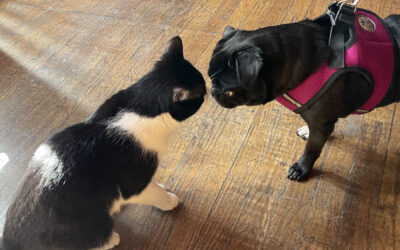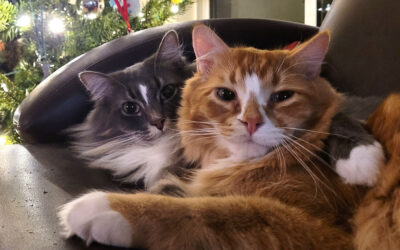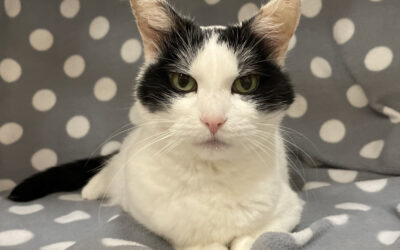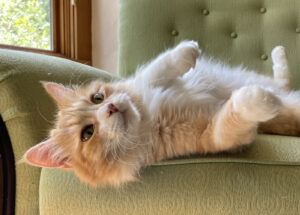
It’s that time of the year when allergies can strike any of us, even those who desperately want a feline friend. Doctors often grab the easiest solution to cat allergies and recommend that people give up their cats. Fortunately, there are many options for treating cat allergies that may allow everyone in your family to thrive, including your kitties.
Allergies are cumulative. Research shows that many who suffer from cat allergies are also allergic to other things like pollen and dust, and are often food-sensitive too. If you can monitor what triggers your allergies and find a way to avoid the other allergens, you may be able to change your response to the cats.
Follow commonsense advice to limit cat allergens, like keeping cats out of the bedroom of anyone who’s allergic, brushing your floofs and making sure to vacuum/dust frequently. Of course anyone who’s allergic will also want to avoid touching eyes or nose when around the cats.
An inexpensive air filter can work magic during the allergy season and may not even be needed the rest of the year. Place one in the allergic person’s bedroom and one by the litterboxes if possible. If the fan noise is disruptive, run the filter during the day so the air is clean at bedtime.
Check your home environment for possible triggers. One of the biggest can be the cats’ litter. If you’re still using scented litter, consider switching to unscented.

Scent chemicals are hidden and unregulated for use with cats or humans. Some find that non-clay litters produce fewer allergic reactions. How sad would it be if the cats’ litter was the culprit and not the cats?
Consider your cleaning products too. One recent study found 530 air contaminants in 30 common household cleaners, including scented laundry detergents which can contaminate clothing. Many of these chemicals are allergenic and carcinogenic. If your allergies worsen during or after cleaning, look for more natural and unscented solutions.
Try skipping the scents altogether. Scented air “fresheners” like plug-ins, topical sprays and candles are also not proven safe for our animal companions, let alone us. Even natural incense can trigger allergies. It goes without saying that smoking can trigger allergies, as well as compromise the health of everyone in the home, including the cats. An air filter can often help here too.
Consider the new generation of allergy medications. Regular allergy medications can have side effects and allergy testing can be expensive and time-consuming, but there are other solutions.
One of our foster moms brought home a group of orphan kittens only to find her husband was severely allergic. Within a few months of using sublingual immunotheraphy—allergy drops—he was able to tolerate their new kitten friends. Three years later and he is now allergy free, even without the drops. Quello is a Colorado company that provides this option.
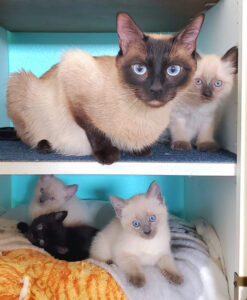
Modifying their diets can work for both humans and cats. Food sensitivities are common to people with allergies. Many doctors say the usual ones include dairy, wheat, corn, eggs, soy and citrus. A simple elimination diet can help identify which foods are the culprits.
You may only need this diet modification during high-pollen seasons so your body doesn’t have to work so hard at processing all the allergens at once. Once spring turns to summer or fall to winter and the offending pollen goes away, you may be able to reintroduce these foods.
A new product on the scene for the cats is allergen-reducing cat food. Purina has been making their LiveClear kibble for about 3 years now and the online reviews are positive.
By reducing allergy triggers, modifying diets and/or using a low-impact immunotherapy, you should never have to worry about allergies and cats again!
 Sara Ferguson is the Director of Happy Cats Haven, a feline rescue and adoption center in Manitou Springs, Colorado, and is allergic to cats 😄.
Sara Ferguson is the Director of Happy Cats Haven, a feline rescue and adoption center in Manitou Springs, Colorado, and is allergic to cats 😄.

